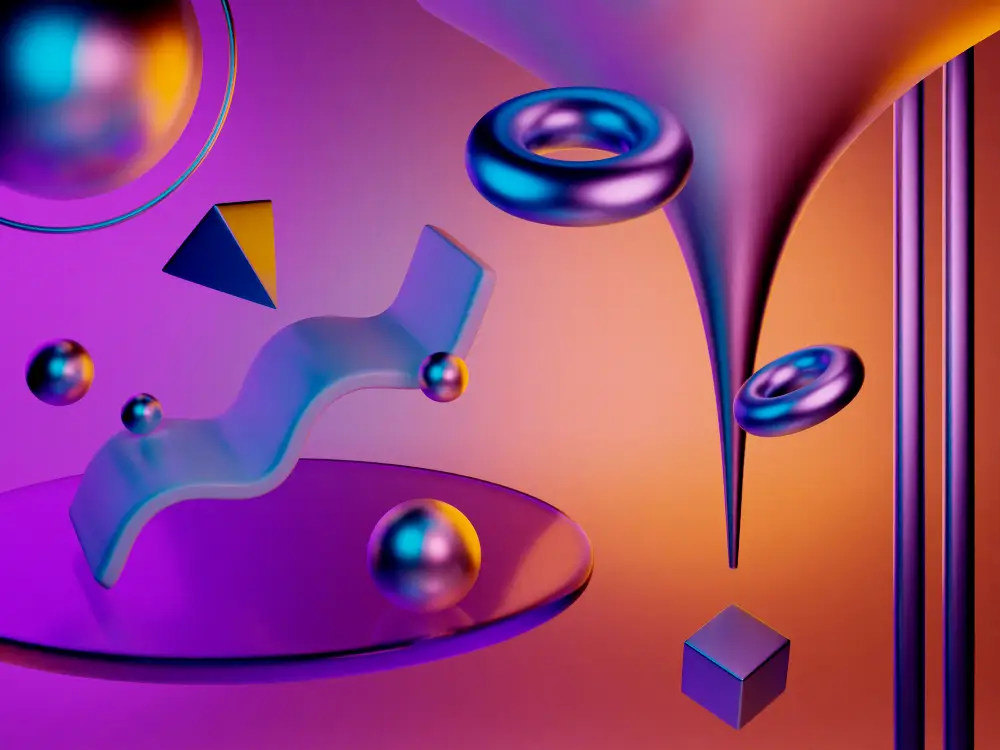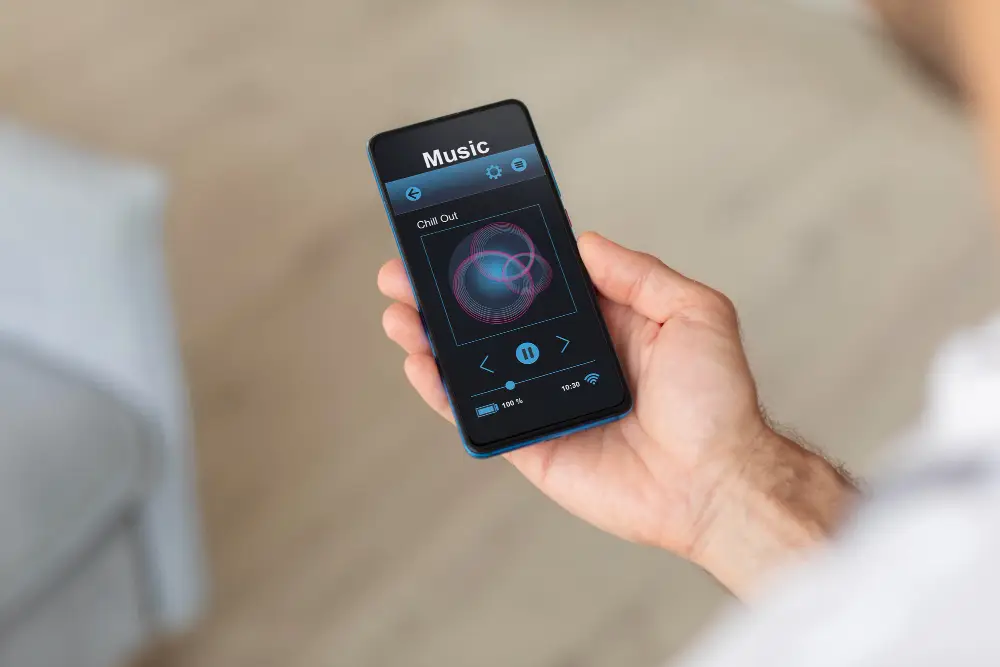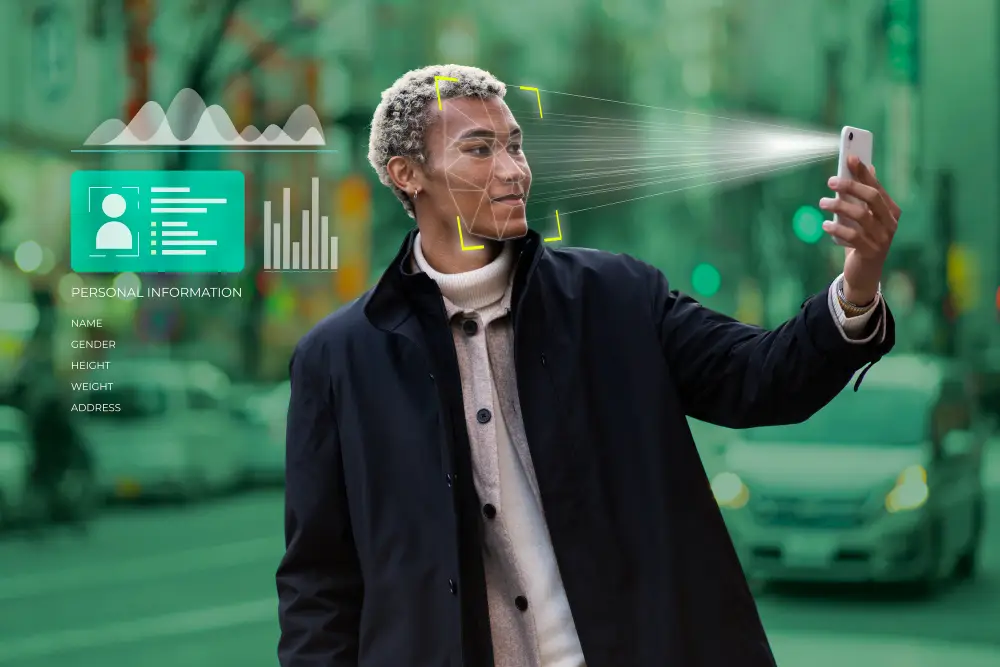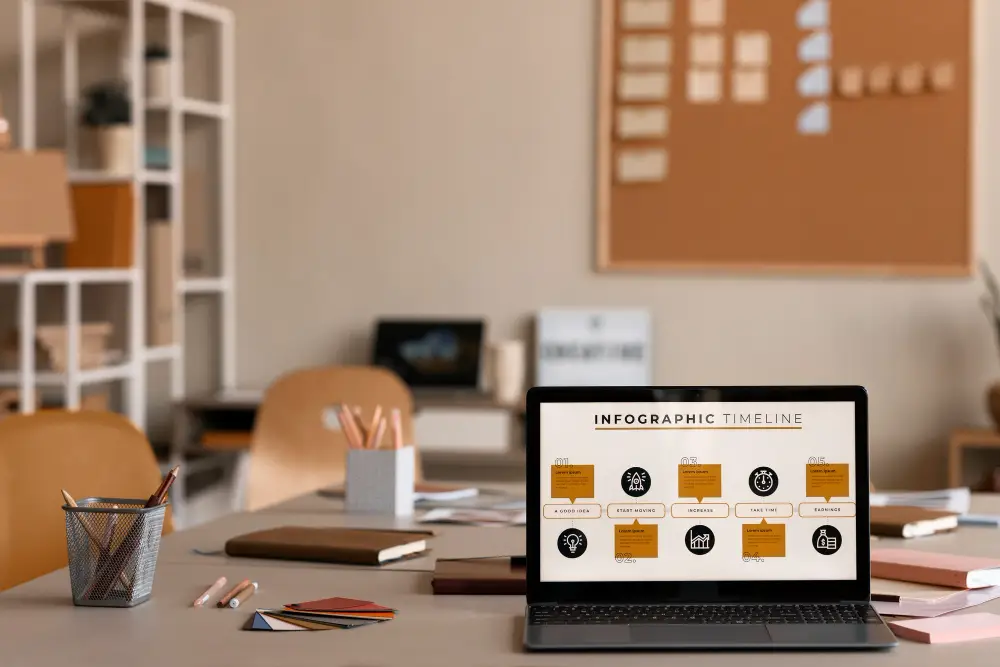User Experience (UX) design is the cornerstone of creating websites that meet users’ needs and expectations. As we move into 2024, new trends are emerging that promise to enhance the way users interact with websites. These trends focus on improving accessibility, personalization, and interactivity, ensuring that websites are not only functional but also engaging and intuitive.
1. Immersive 3D Elements

Overview
The use of 3D elements in web design is becoming more prevalent, offering a more immersive experience for users. These elements can range from simple 3D buttons to complex interactive graphics that engage users and enhance storytelling.
Benefits
- Increased Engagement: 3D elements can captivate users’ attention and keep them engaged longer.
- Enhanced Storytelling: Use of 3D graphics can help convey complex ideas in an easy-to-understand manner.
- Modern Aesthetic: Provides a contemporary look and feel to websites.
Implementation Tips
- Performance Optimization: Ensure that 3D elements do not negatively impact page load times.
- Accessibility: Provide alternative content for users who may not be able to interact with 3D elements.
2. Voice User Interface (VUI)

Overview
Voice User Interface (VUI) is set to revolutionize how users interact with websites. With the rise of voice-activated devices like smart speakers and virtual assistants, integrating VUI into web design can offer a hands-free, intuitive user experience.
Benefits
- Accessibility: Makes websites more accessible to users with disabilities.
- Convenience: Allows users to perform tasks using voice commands, enhancing usability.
- Innovation: Positions your website at the forefront of technological innovation.
Implementation Tips
- Natural Language Processing: Ensure your VUI understands and processes natural language effectively.
- Clear Feedback: Provide auditory or visual feedback to confirm actions taken by the VUI.
3. Personalized User Experiences

Overview
Personalization continues to be a major trend in UX design. By leveraging data analytics and user behavior, websites can offer tailored experiences that meet individual user needs and preferences.
Benefits
- Increased Engagement: Personalized content and recommendations can keep users engaged.
- Higher Conversion Rates: Tailored experiences can lead to higher conversion rates and customer satisfaction.
- Loyalty and Retention: Personalized experiences can enhance user loyalty and retention.
Implementation Tips
- Data Privacy: Ensure compliance with data privacy regulations when collecting and using user data.
- Dynamic Content: Use dynamic content that adapts to user behavior and preferences in real-time.
4. Advanced Micro-Interactions

Overview
Micro-interactions are subtle animations or responses triggered by user actions, such as hovering over an element or clicking a button. These interactions can enhance the overall user experience by making interfaces feel more responsive and intuitive.
Benefits
- Feedback: Provides instant feedback to users, improving usability.
- Engagement: Makes interactions feel more engaging and enjoyable.
- Guidance: Helps guide users through tasks and processes seamlessly.
Implementation Tips
- Consistency: Ensure micro-interactions are consistent throughout the site to avoid confusing users.
- Subtlety: Keep micro-interactions subtle to avoid overwhelming users or distracting from the main content.
5. Minimalist and Content-Focused Design

Overview
Minimalist design continues to be a popular trend, focusing on simplicity and functionality. This approach emphasizes content, ensuring that users can easily find and interact with the information they need.
Benefits
- Clarity: Reduces clutter, making it easier for users to focus on content.
- Faster Load Times: Simpler designs typically load faster, improving performance.
- Aesthetic Appeal: Offers a clean, modern look that appeals to many users.
Implementation Tips
- Whitespace: Use whitespace effectively to create a balanced and uncluttered layout.
- Typography: Choose clear, readable fonts that enhance the user experience.
6. Dark Mode and High Contrast

Overview
Dark mode and high contrast themes are becoming increasingly popular, offering users a visually comfortable alternative, especially in low-light environments.
Benefits
- Reduced Eye Strain: Dark mode can reduce eye strain, especially in low-light conditions.
- Battery Saving: Can extend battery life on OLED and AMOLED screens.
- Modern Aesthetic: Provides a sleek, modern look.
Implementation Tips
- Toggle Option: Provide an easy way for users to switch between light and dark modes.
- Accessibility: Ensure text and elements have sufficient contrast in dark mode for readability.
Conclusion
As we move into 2024, the future of web design is set to be shaped by these emerging UX trends. From immersive 3D elements to voice user interfaces, personalized experiences, advanced micro-interactions, minimalist designs, and dark mode options, these trends offer exciting opportunities to enhance user engagement and satisfaction. By staying ahead of these trends and implementing them effectively, you can create a website that not only meets but exceeds user expectations.





